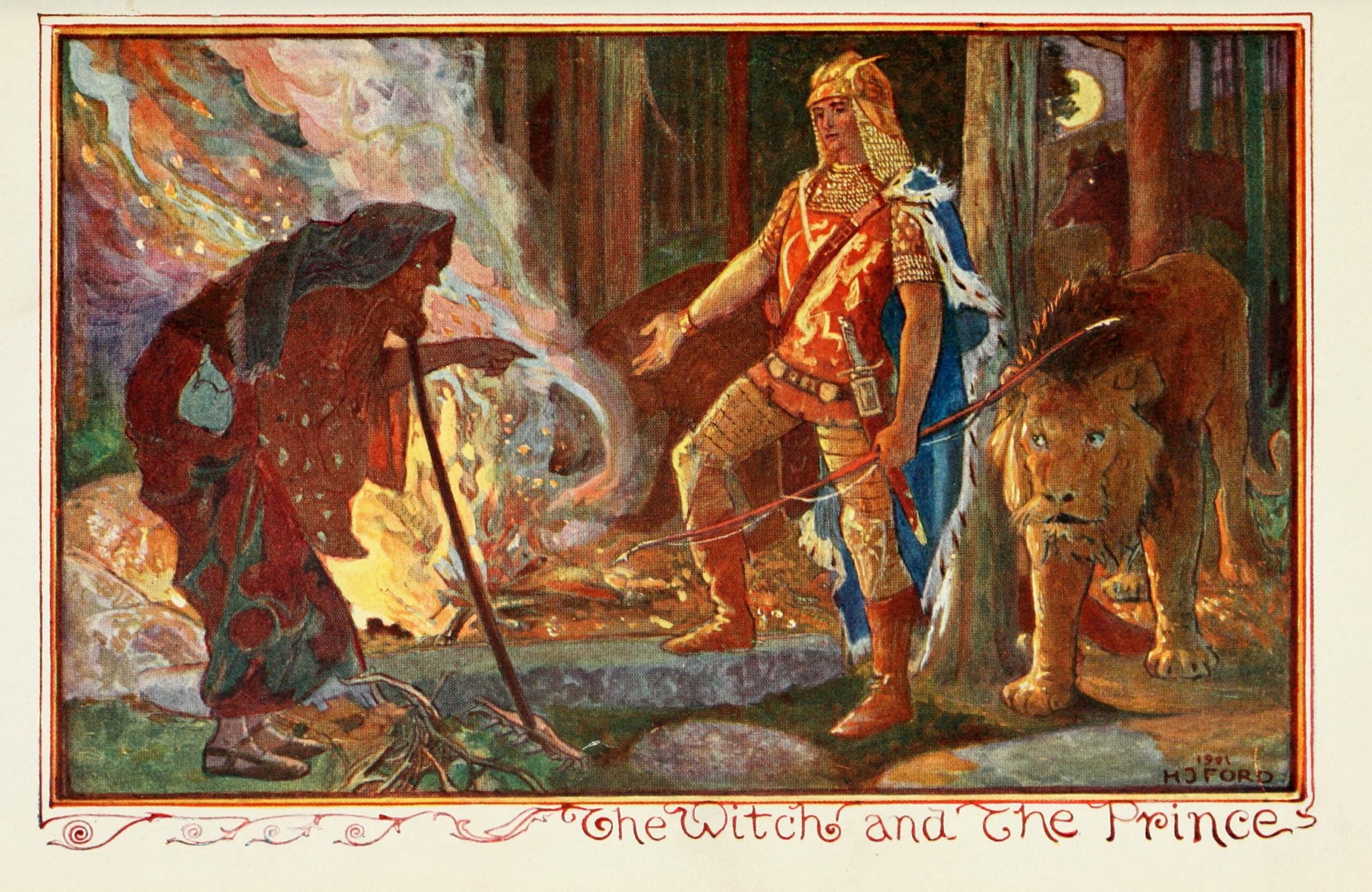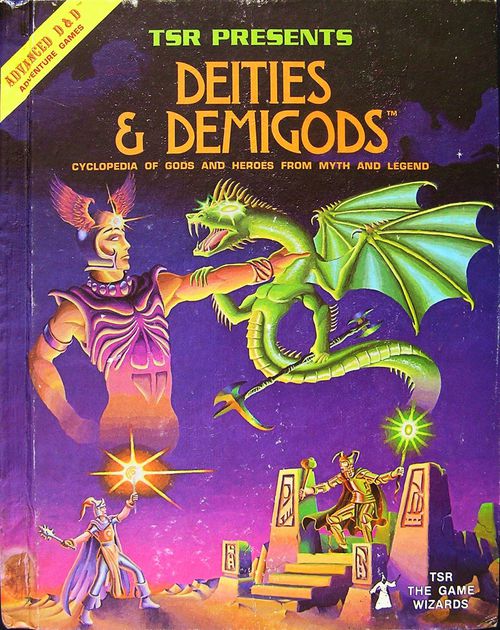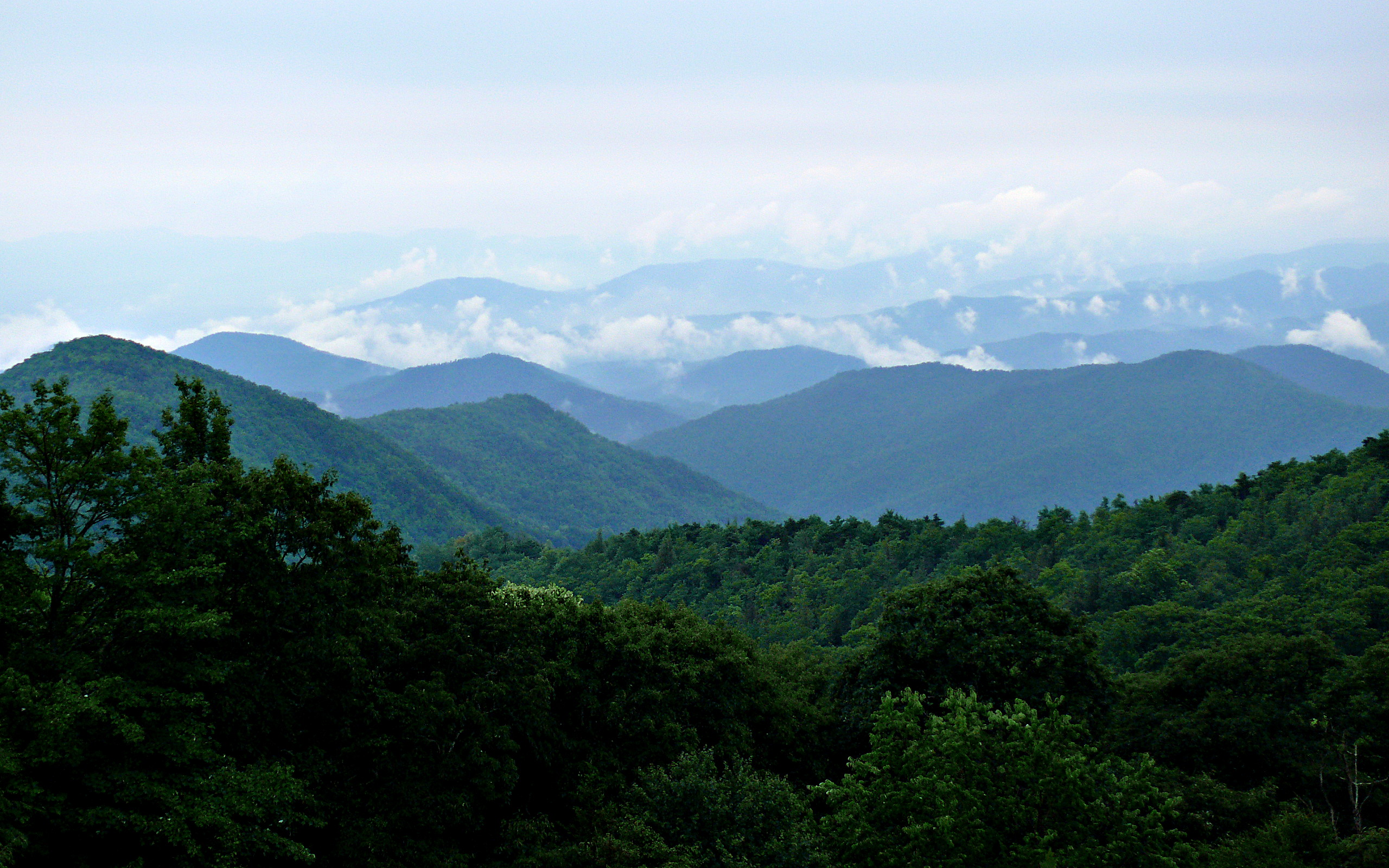Okay, this is my part two of my lists of elemental beasts. This was originally conceived of as a nice set of beasts to make Beast Master Rangers more appealing. There are indications that they are working on a future revision to the Ranger making this list irrelevant. Ultimately, I think Rangers are underrated as is. They are really cool and my goal here is to give people stuff so they can realize that too.
There are also some solid third party and homebrew ranger subclasses that were also an attempt to make them more appealing. You can check out my friend Colin’s here and it pairs well with these beasts. Both play with some of the same themes. His is more of a Pokemon theme which does use some of the same elemental themes.
Silver Falcon
The Silver Falcon is a solitary hunter. They can be seen streaking through a night sky towards their pray on the ground. They are also known to hunt bats and other tiny flying creatures. They can often be found in mountainous regions but have been known to nest in large forests.
These raptors are known for their silvery sheen. Occasionally they will be hunted for their talons, but that is not an easy task and is even outlawed in some nations. They are natural enemies to lycanthropes and undead, so their presence is seen as a boon.
Silver Falcon
Small beast, unaligned
Armor Class 15
Hit Points 7 (2d6)
Speed 10 ft., fly 60 ft.
STR 6 (-2)
DEX 14 (+2)
CON 10 (+0)
INT 3 (-4)
WIS 14 (+2)
CHA 5 (-3)
Skills Perception +4
Senses
Passive Perception 14
Languages —
Challenge 1/4 (25 XP)
Keen Sight. The Silver Falcon has advantage on Wisdom (Perception) checks that rely on sight.
Damage Resistance: Radiant and Necrotic damage
Actions
Talons. Melee Weapon Attack: +4 to hit, reach 5 ft., Hit: 4 (1d6 + 2) piercing damage. Damage is considered to be from a silvered weapon.
Stone Born Pangolin
The Stone Born Pangolin is found in semi-arid plains and some deserts. Despite their armored appearance and impressive size, they are quite docile. They hunt insects and largely ignore most other creatures. They are playful and curious.
Their stone powered strength and durability is impressive. When threatened they will often roll into a ball and ram a threat like a rolling boulder. They generally don’t feel threatened as most would be predators look for easier prey.
Stone Born Pangolin
Medium beast, unaligned
Armor Class 13 (Natural Armor)
Hit Points 5 (2d8 + 1)
Speed 30 ft., climb 30 ft.
STR 13(+1)
DEX 10 (+0)
CON 12 (+1)
INT 3 (-4)
WIS 7 (-2)
CHA 3 (-4)
Senses
Blindsight 30 ft., Passive Perception 8
Languages —
Challenge 1/4 (50 XP)
Actions
Charge Attack +1 As move action the Pangolin can roll into a ball and move directly towards a target. They must move at least 20 feet straight. If they hit the target, they do 2d6+1 bludgeoning damage and if the target is a Medium-sized creature or smaller, it must succeed on a DC 13 Strength saving throw or be knocked prone.
Claw. Melee Weapon Attack: +4 to hit, reach 5 ft., one creature. Hit: 4 (1d4 + 2) piercing damage
White Lion
The White Lion is generally found in the snowbound heights of mountainous regions. Their stark white manes blend with those conditions. These predators are at home in the cold and stark terrain of high altitudes. They are not frightened of much and even humans may end up their prey. They are slightly smaller than their lowland cousins, but their ties to the elements make them quite potent.
Their most powerful ability is their roar. It channels the raw elemental force of winter into space in front of them. This makes it easier at times to capture prey that might try to escape. Some monastic temples are known to allow these fearsome beasts to live on temple grounds.
White Lion
Medium beast, unaligned
Armor Class 12
Hit Points 13 (3d8)
Speed 50 ft., climb 40 ft.
STR 14 (+2)
DEX 15 (+2)
CON 10 (+0)
INT 3 (-4)
WIS 14 (+2)
CHA 7 (-2)
Skills
Perception +4, Stealth +6
Senses
Passive Perception 14
Languages —
Challenge 1/4 (50 XP)
Keen Smell. The White Lion has advantage on Wisdom (Perception) checks that rely on smell.
Roar: Once per short rest, the White Lion can release an icy roar which effects a 15 ft cone. Anyone in the cone must make a DC 12 constitution save or be at disadvantage for all checks for the next turn. This roar coats them in ice and snow which impedes their actions. They also move at half speed.
Actions
Bite. Melee Weapon Attack: +4 to hit, reach 5 ft., one target. Hit: 5 (1d6 + 2) piercing damage.
Claw. Melee Weapon Attack: +4 to hit, reach 5 ft., one target. Hit: 4 (1d4 + 2) slashing damage.
Redwood Badger
The Redwood Badger is found in the dense redwood forests of the north. It is notable for the pattern on its tales looking a bit like tree rings. The creatures have a surprising amount of power and often use that power to build structures. Some of these are familiar such as dams and warrens, but they can often be found making unusual and unexpected structures. No one knows why they make bridges and odd fort-like structures.
The creatures elemental power manifests in their ability to fell most trees, or pretty much any inanimate object that they choose. Stone or wood part just as easily beneath their bite. They can even fell an inconvenient door or a poorly placed wall if they chose too.
Redwood Badger
small beast, unaligned
Armor Class 10
Hit Points 3 (1d4 + 1)
Speed 20 ft., burrow 5 ft.
STR 12 (+1)
DEX 11 (+0)
CON 12 (+1)
INT 2 (-4)
WIS 12 (+1)
CHA 5 (-3)
Senses
Darkvision 30 ft., Passive Perception 11
Languages —
Challenge 1/4 (50 XP)
Keen Smell. The badger has advantage on Wisdom (Perception) checks that rely on smell.
Siege Monster: deals double damage to objects and structures.
Actions
Bite. Melee Attack: +2 to hit, reach 5 ft., one target. Hit: 1D6+1 piercing damage.
Air Wolf
The Air Wolf is the swift-moving predator of the wild places in the world. Their appearance is largely like that of other wolves, but they do sometimes appear windblown with no wind. These wolves are not born as a separate breed from normal wolves but appear as a rare anomaly. These Air Wolves tie to the elements lends them an unnatural speed. They can travel as fast as the fastest wind.
The difference in these wolves often drives them from the packs they are born in. They can’t exist with their pack mates become lone wanderers.
Air Wolf
Medium beast, unaligned
Armor Class 13 (Natural Armor)
Hit Points 11 (2d8 + 2)
Speed 60 ft.
STR 12 (+1)
DEX 15 (+2)
CON 12 (+1)
INT 3 (-4)
WIS 12 (+1)
CHA 6 (-2)
Skills
Perception +3, Stealth +4
Senses
Passive Perception 13
Keen Hearing and Smell. The wolf has advantage on Wisdom (Perception) checks that rely on hearing or smell.
Languages —
Challenge 1/4 (50 XP)
Zephyr: Once per short rest, the Air Wolf may triple their movement speed and the movement of allies who are within 5 ft of the Air Wolf at the beginning of its turn. This effect lasts until the end of the Air Wolf’s next turn.
Actions
Bite. Melee Weapon Attack: +4 to hit, reach 5 ft., one target. Hit: 7 (2d4 + 2) piercing damage. If the target is a creature, it must succeed on a DC 11 Strength saving throw or be knocked prone.
Brine Crab
Brine Crabs are found near the coasts of inland seas with high salinity. They are rare oversized crabs, about the size of a small bear. They roam along the shores and mainly hunt underwater. Brine Crabs have been known to eat small sharks and other large fish.
Due to their connection to the sea, and their general toughness, they can be quite a problem for people along the shore. These enlarged crabs are not particularly stealthy, however, and will make warning clacking sounds to scare off people who approach them. They do have glands that excrete a potent salt acid from their claws. Some alchemists have been known to seek out this acid, but that is easier said than done.
Brine Crab
medium beast, unaligned
Armor Class 13 (Natural Armor)
Hit Points 6 (2d6)
Speed 20 ft., swim 20 ft.
STR 14 (+2)
DEX 11 (+0)
CON 10 (+0)
INT 1 (-5)
WIS 8 (-1)
CHA 2 (-4)
Skills
Stealth +2
Senses
Blindsight 30 ft., Passive Perception 9
Languages —
Challenge 1/4 (50 XP)
Amphibious. The crab can breathe air and water.
Resistance: Acid, Poison
Actions
Claw. Melee Attack: +0 to hit, reach 5 ft., one target. Hit: 1d4+2 Bludgeoning
Grapple: Melee Attack: +0 to hit, reach 5 ft., one target. Hit: The target is grabbed by the claw and is considered grappled (escape DC 12).
Acid: A briny caustic substance can be excreted from the Brine Crabs claw. Once every short rest, they can apply the acid to someone grappled. Target takes 1d6 acid damage at the beginning of their turn, every turn till removed or neutralized. It is an action to remove it normally.
Shining Eagle
The Shining Eagle is one of the rarest birds in the world. Much like the Phoenix, it is a creature of legend. One will appear once in a generation. These birds are said to embody a piece of the sun and having one near is considered a good omen to most.
Their bodies glow and shine with an inner light. Stealth is all but impossible for them. The Shining Eagle is not known for being threatening, they do have a tendency to attack undead of all types.
Shining Eagle
Small beast, unaligned
Armor Class 12
Hit Points 6 (2d6)
Speed 10 ft., fly 60 ft.
STR 6 (-2)
DEX 15 (+2)
CON 10 (+0)
INT 2 (-4)
WIS 14 (+2)
CHA 7 (-2)
Skills
Perception +4
Senses
Passive Perception 14
Keen Sight. The Shining Eagle has advantage on Wisdom (Perception) checks that rely on sight.
Languages —
Challenge 1/4 (50 XP)
Actions
Talons. Melee Attack: +4 to hit, reach 5 ft., one target. Hit: 5 (1d6 + 2) slashing and radiant damage.
Illumination. Sheds bright light in a 30 ft radius and dim light in an additional 30 ft. Counts as sunlight for all effects and vulnerabilities to sunlight.
Storm Crow
In the midst of a tempest, the Storm Crow rides the winds. They are charged with the power of storms and move at the speed of lightning. These birds become more common in storm-torn regions and they are often seen as a bad omen by sailors.
These creatures have been used as messengers. Their ability to mimic voices and amazing speed make them perfect harbingers. They are smarter than most birds, as well. The Storm Crow messenger is only used in times of the direst need.
Storm Crow
Tiny beast, unaligned
Armor Class 12
Hit Points 1 (1d4 – 1)
Speed 10 ft., fly 60 ft.
STR 2 (-4)
DEX 14 (+2)
CON 8 (-1)
INT 6 (+0)
WIS 12 (+1)
CHA 6 (-2)
Skills
Perception +3
Senses
Passive Perception 13
Languages —
Challenge 1/4 (50 XP)
Mimicry. The Storm Crow can mimic simple sounds it has heard, such as a person whispering, a baby crying, or an animal chittering. A creature that hears the sounds can tell they are imitations with a successful DC 10 Wisdom (Insight) check.
Actions
Beak. Melee Attack: +4 to hit, reach 5 ft., one target. Hit: 1d4 piercing damage.
Lightning Streak: Once per short rest, the Storm Crow can transform into a small bolt of lightning. In that form it instantly travels up to 500 ft and “strikes” a target or space. Each person within 5 ft of that space must make a DC 12 Dexterity saving throw, taking 3d8 lightning damage on a failed save, or half as much on a successful save.
Earthen Hounds
The Hounds of the Earth are as strong as stones. They are shaggy with stone grey fur and very large for a dog. They are loyal and enduring creatures who will protect their companions at all costs. They are not a common breed. They are found in communities at the base of mountains, or in the hilly regions. Dwarves are fond of the breed as are halflings.
The Earthen Hound is not apt to breed often as such their numbers are small as compared to other dog breeds. Their tie to stone does grant them a longer than usual lifespan, however. Some Earthen Hounds have been known to live as long as 300 years or more.
Earthen Hounds
Medium beast, unaligned
Armor Class 12
Hit Points 5 (1d8 + 1)
Speed 40 ft.
STR 18 (+4)
DEX 14 (+2)
CON 12 (+1)
INT 3 (-4)
WIS 12 (+1)
CHA 7 (-2)
Skills
Perception +3
Senses
Passive Perception 13
Keen Hearing and Smell. The Earthen Hound has advantage on Wisdom (Perception) checks that rely on hearing or smell.
Languages —
Challenge 1/8 (25 XP)
Power of the Earth: The Earthen Hound has advantage on strength checks as long as it is connected unworked earth or stone.
Actions
Bite. Melee Attack: +3 to hit, reach 5 ft., one target. Hit: 4 (1d6 + 4) piercing damage. If the target is a creature, it must succeed on a DC 11 Strength saving throw or be knocked prone.




